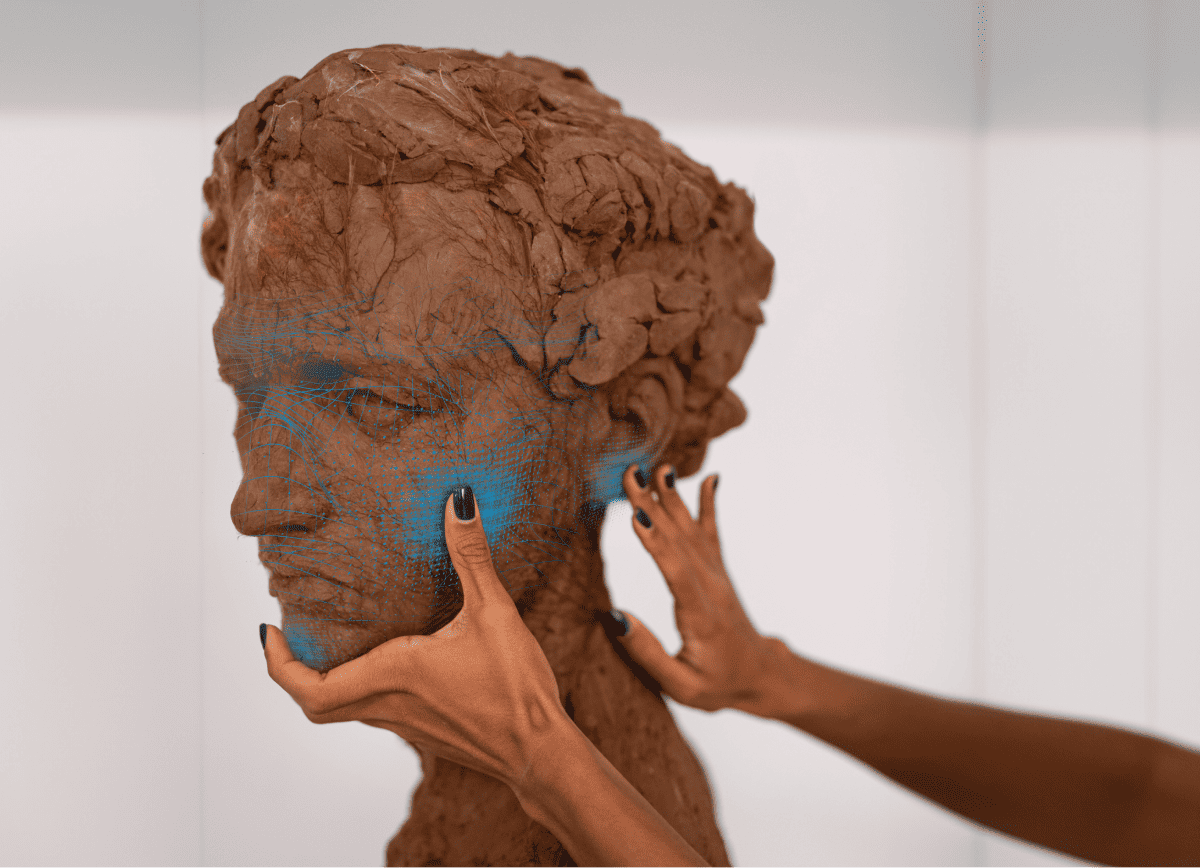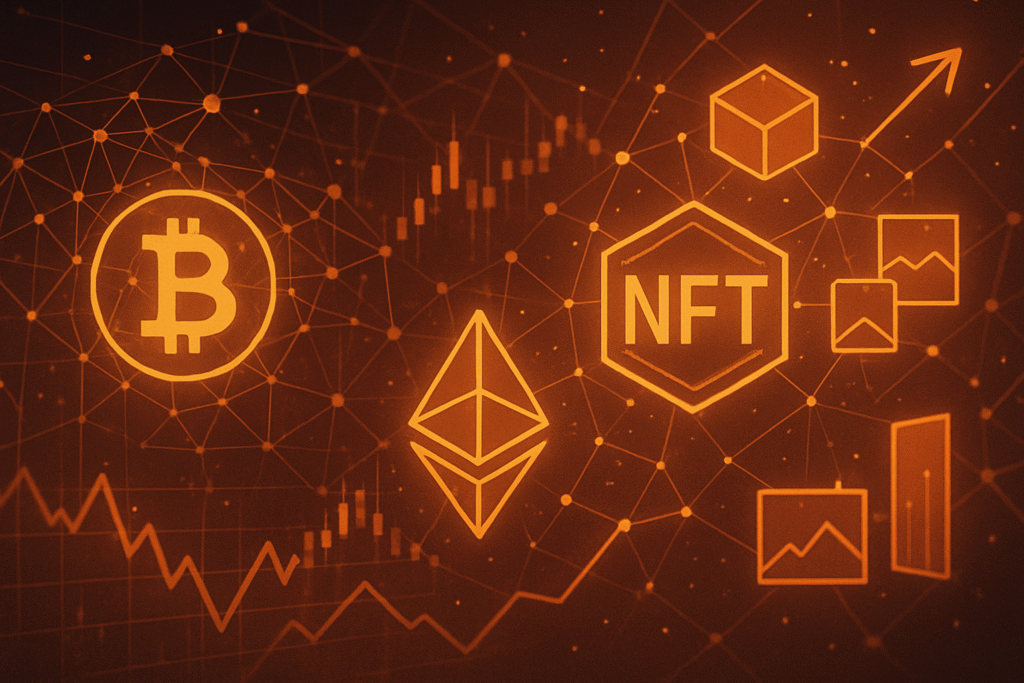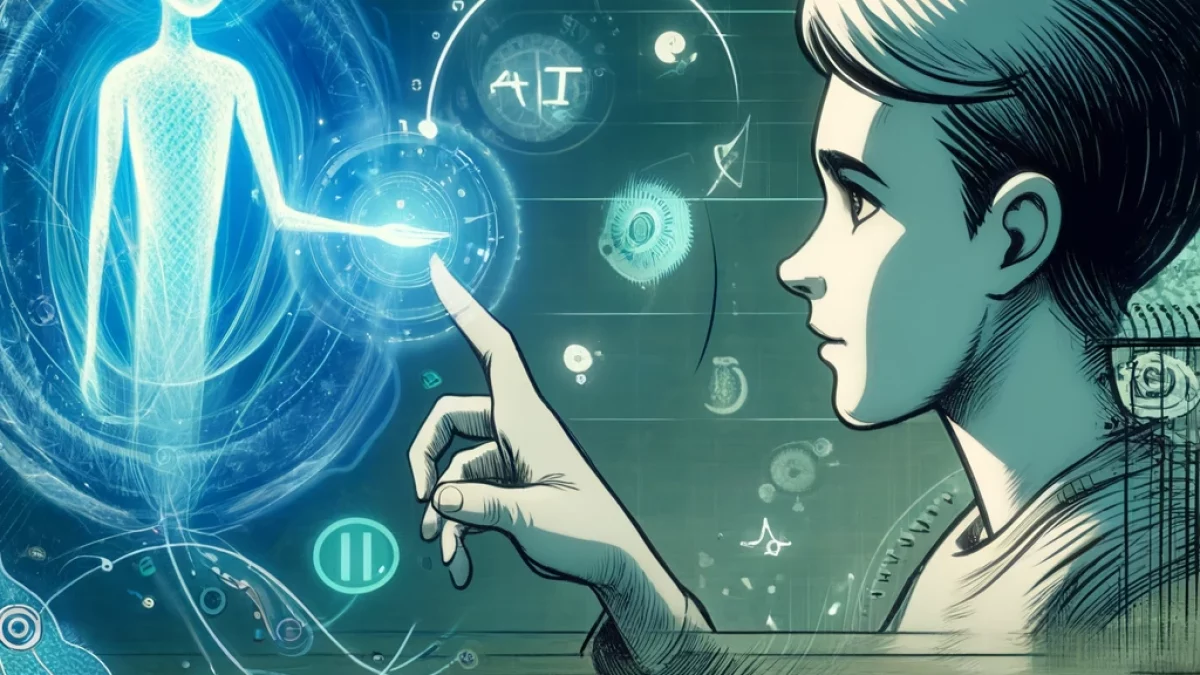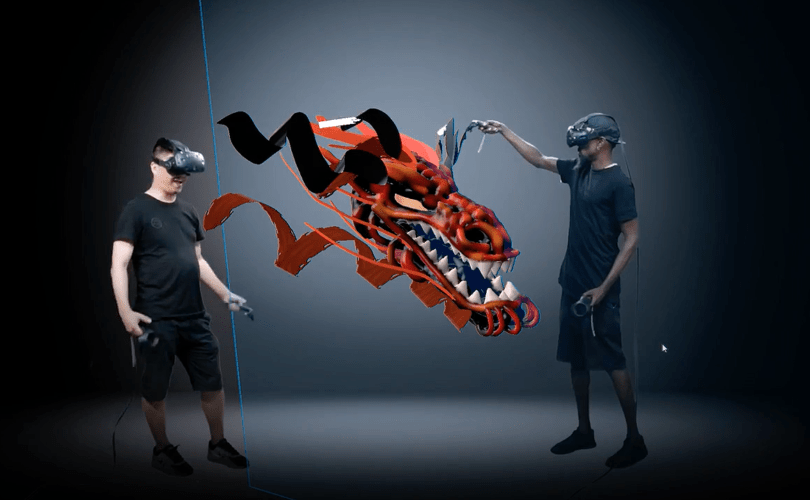In 2025, virtual and augmented reality art is transcending visual boundaries by incorporating haptic feedback, allowing audiences to “feel” digital creations. This technological advancement is revolutionizing the art world, enabling artists to add a tactile dimension to their work. Through specialized gloves and suits, viewers can experience textures and sensations, making digital art more immersive and interactive.
Artists are leveraging haptic technology to create multisensory experiences that engage audiences on a deeper level. For instance, virtual sculptures can now offer resistance and texture, simulating the sensation of touch. This fusion of technology and artistry not only enhances the viewer’s experience but also opens new avenues for creative expression.
The integration of haptic feedback in virtual art signifies a significant shift in how art is created and consumed. It challenges traditional notions of art by introducing a physical element to digital creations. As this technology becomes more accessible, it is poised to redefine the boundaries of artistic interaction, offering audiences a more profound connection with art in the digital age.





